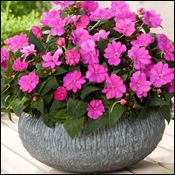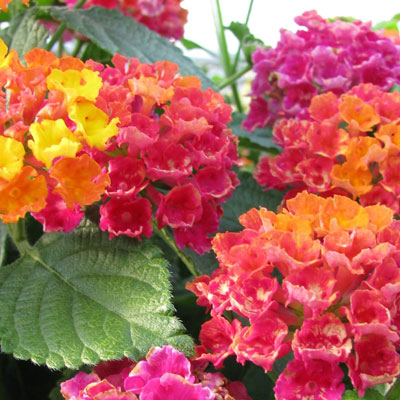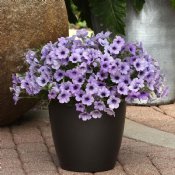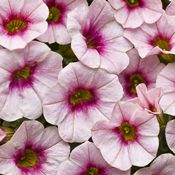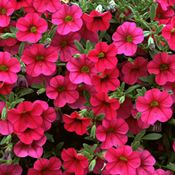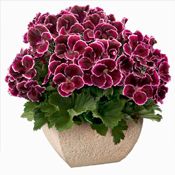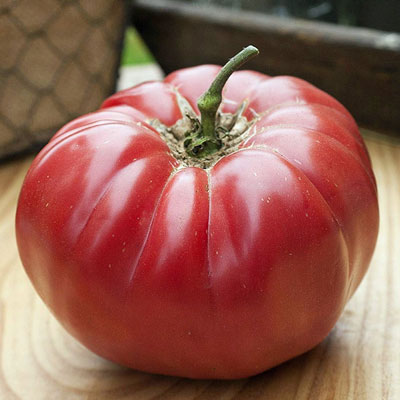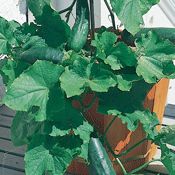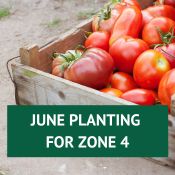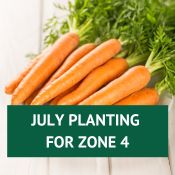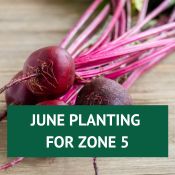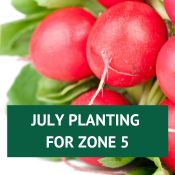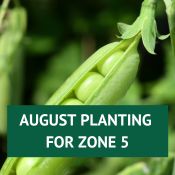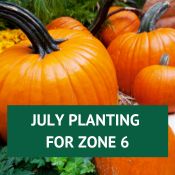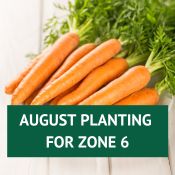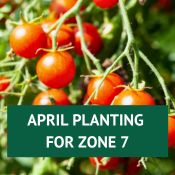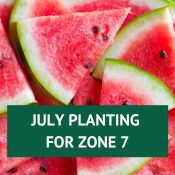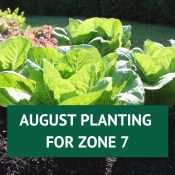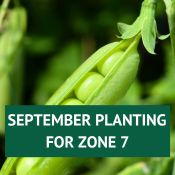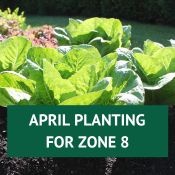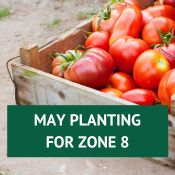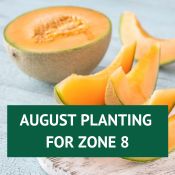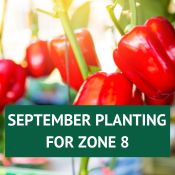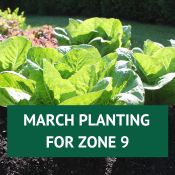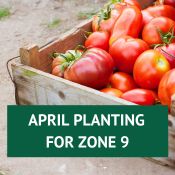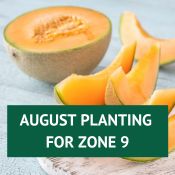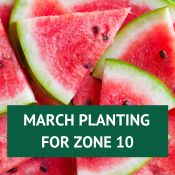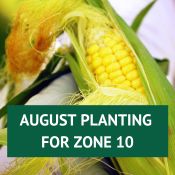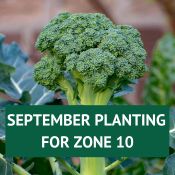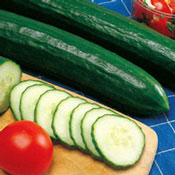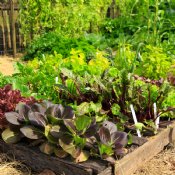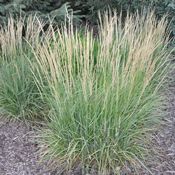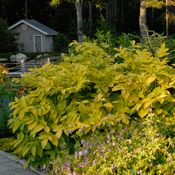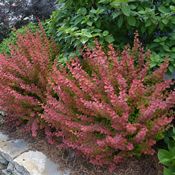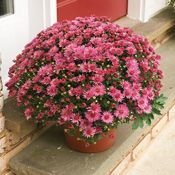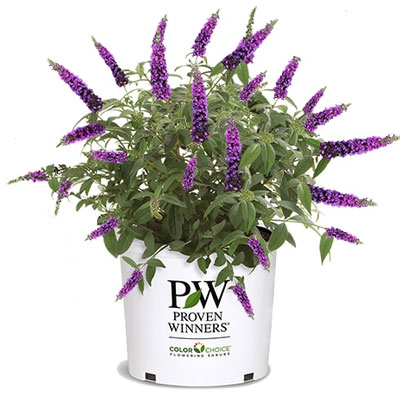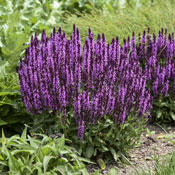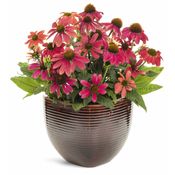Looking to grow your own vegetables but lack the space? Then a raised bed garden is your solution! Raised bed gardens have been gaining popularity in recent years, especially among city gardeners with no yard. Raised bed gardening involves growing crops in a raised ‘bed’, which is a box-like structure filled with soil. And beyond the space-saving benefits, this method of gardening provides big advantages. Like increased efficiency, ease of use, and fewer wasted resources.

Raised bed gardens are EASY for beginners
One of the main advantages of raised bed gardening is that it is a more efficient way to grow crops. The smaller space makes it easier to manage resources such as water, fertilizer, and other inputs. This leads to less waste and higher yields. In addition, raised bed gardening is an excellent option for beginners as it is easy to start, even without prior experience. It is also a great option for people who do not have much time for gardening as it requires less maintenance compared to traditional methods.
Another advantage of raised bed gardening is that it is a great option for crop rotation. It is easy to rotate crops in each bed, which helps to improve soil health and prevent plant diseases. Additionally, raised bed gardening is an excellent way to make the best use of small spaces. The space between the beds can be used to grow more crops, leading to higher yields.
Building a raised bed garden is also quick and easy and can be completed in just a few hours. The soil in raised bed gardens is rich, nutritious, and well-aerated. Which makes it an excellent option for those looking for immediate yields.
Top 11 tips and tricks to help gardeners achieve success with a raised bed garden
1. Maximize Vertical Spaces
Square foot gardens are usually limited in horizontal space, and to avoid over-crowding, it’s important to utilize vertical spaces such as trellises or trellis netting, ladders, and others. Vertical spaces will allow climbing plants to grow properly, ensuring an equal distribution of sunlight and other resources.
2. Start Small and Gradually Expand
A simple 4×4 raised bed is one of the easiest ways to get started. This small size is manageable, making it easier for you to learn on the go and gradually expand as you gain experience.
3. Grow Complementary Plants
The tradition of planting companion or complementary plants together can greatly increase the health and productivity of your garden. For example, planting tomatoes with zinnias will lead to a healthier tomato harvest, while planting peppers and tomatoes together is not recommended as the latter will shade the former and lead to stunted growth.
4. Use a Grid System and Plan Ahead
Planning out the positioning and layout of your plants on a grid before planting is crucial in ensuring the success of your garden. Grids help to visualize and plan, allowing you to avoid potential problems such as spacing and overlapping. Read the book Square Foot Gardening for more information on grids.
5. Weeding
Keeping the weeds pulled will go a long way in making you a successful vegetable gardener. Pulling them when they are small is best for your raised bed as it will not disrupt much of the surrounding soil.
6. Soil Cost for a raised bed garden
Your new garden will require bed and soil mediums, and the cost of soil can sometimes be two to four times more expensive than setting up the garden bed. It’s important to choose a soil mix with good nutrient and water retention, such as a mix of organic materials, compost, and topsoil.
7. Take depth into account
Bear in mind that certain plants have a deeper, more extensive root system. To accommodate such crops, you must use beds with the proper depths. To grow root vegetables like carrots and parsnips, create your planting beds with a minimum of 12 inches of soil depth. For shallower-rooted crops, like lettuce and radish, a depth of 6-8 inches is sufficient.
8. Adequate sunlight
Square foot gardens require at least six hours of direct sunlight daily to thrive. Therefore, you must place your garden beds in an area that gets ample sun exposure. Consider the sun’s trajectory and avoid placing your beds under large trees that can create too much shade.
9. Pest management in a raised bed garden
Pests and diseases can quickly spread and ravage your square-foot garden, leading to poor harvests. To avoid this, make use of natural pest control methods, like companion planting and the use of neem oil and insecticidal soap. Additionally, try to prevent pests from accessing your garden beds by installing a barrier around the perimeter of your beds.
10. Watering
You can opt for a simple watering can, a garden hose, or a more sophisticated drip irrigation system. Drip irrigation helps to conserve water and reduces the time you spend watering your plants.
11. Composting
Cover the soil with two inches of compost after you’ve harevested your crops. This will improve the overall health and productivity of the raised bed by providing the soil with essential nutrients, improving soil structure, and promoting a healthy soil environment.
By following these tips, you can be well on your way to creating a thriving and productive raised bed garden. Remember, raised bed gardening takes time, patience, and effort, but the rewards of growing your own food are well worth it.

